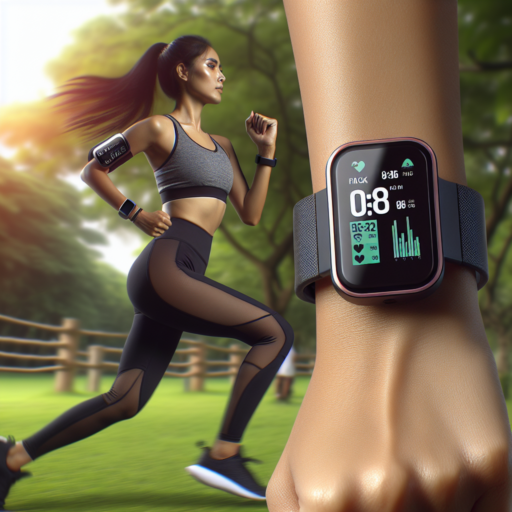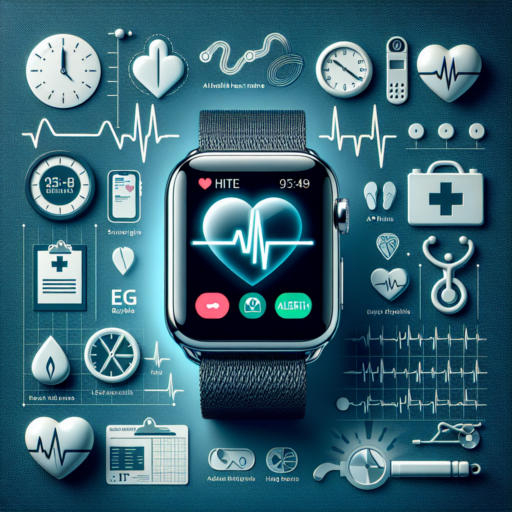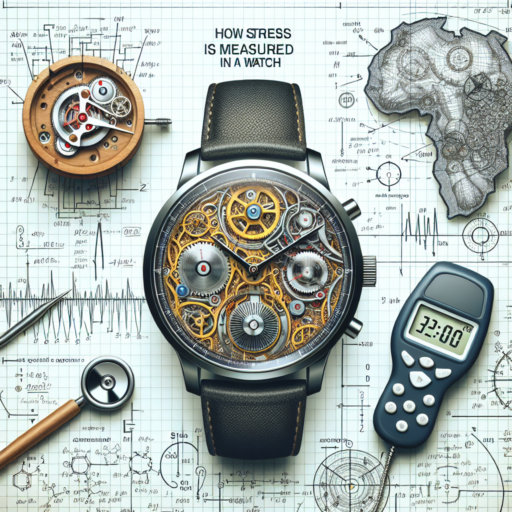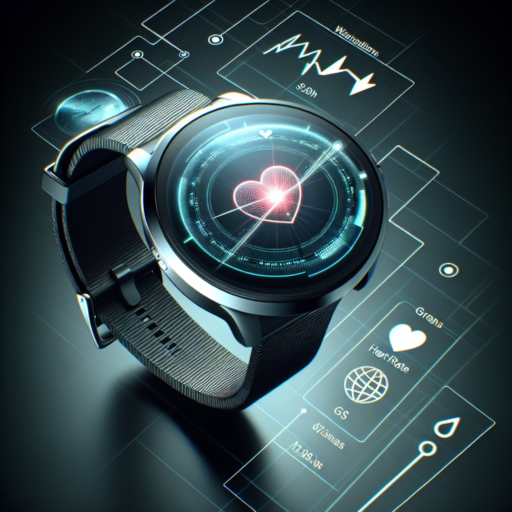What is the most reliable heart rate monitor for running?
When it comes to tracking your heart rate during those intense running sessions, reliability is key. A monitor that offers accurate readings can significantly enhance your training sessions by providing insights into your cardiovascular health and workout intensity. In the quest to find the most reliable heart rate monitor for running, several factors come into play including comfort, accuracy, connectivity, and endurance.
One highly regarded option among athletes is the chest strap heart rate monitor. Known for its proximity to the heart, this type of monitor tends to offer superior accuracy. Its design ensures that it stays in place during vigorous activity, thereby providing continuous, reliable heart rate data. Models from leading sports technology brands have consistently been lauded for their precision and durability in various conditions, making them a favorite for serious runners.
On the other hand, wrist-based heart rate monitors have also gained popularity due to their convenience and multi-functionality. These devices, incorporating optical sensors, offer the advantage of providing heart rate tracking alongside other features such as GPS and step counting. While traditionally criticized for lesser accuracy compared to chest straps, recent advancements have significantly narrowed this gap, with some models offering near-chest strap levels of precision.
Which running watch has the most accurate heart rate monitor?
When discussing the accuracy of heart rate monitors in running watches, it becomes paramount to highlight models renowned for their precision. Not all watches are created equal, and some stand out for their state-of-the-art heart rate monitoring capabilities. Leading brands have invested significantly in technological advancements to ensure that athletes and casual runners alike can depend on the reliability of their readings.
Several watches rise to the top when considering heart rate accuracy. For instance, the Garmin Forerunner Series is frequently cited for its precision. Garmin integrates Elevate™ wrist heart rate technology, which enhances accuracy by filtering out noise and ensuring the sensor’s proper contact with the skin. Another notable mention is the Polar Vantage Series, which uses Precision Prime™ sensor fusion technology. This tech combines optical heart rate measurement with skin contact detection to avoid inaccuracies caused by movement.
Furthermore, the Apple Watch Series also deserves recognition. Apple has continuously refined its heart rate monitoring technology, employing photoplethysmography to measure the blood flow directly from the wrist. This innovation allows for highly accurate readings, even during high-intensity activities. Each of these models approaches heart rate monitoring with a unique blend of technology, ensuring that users get the most precise data possible to inform their training and health-related decisions.
In conclusion, while several running watches offer exceptional heart rate monitoring capabilities, models from Garmin, Polar, and Apple stand out for their commitment to accuracy. Their advanced technologies and continuous innovations make them leaders in the space, providing athletes and fitness enthusiasts with reliable data to track their heart health and performance.
No se han encontrado productos.
Is it worth getting a heart rate monitor for running?
Deciding whether to invest in a heart rate monitor for running is a question many athletes, from novices to seasoned runners, grapple with. These devices, designed to measure your cardiac activity during exercise, offer insights that can significantly enhance your workout efficiency. Understanding the nuances of how a heart rate monitor can impact your training routine might help you make an informed decision.
Monitoring Training Intensity: A heart rate monitor for running can be an invaluable tool for managing and understanding your training intensity. By tracking your heart rate in real-time, you can adjust your pace to stay within optimal training zones, ensuring your sessions are efficient and tailored to your fitness goals. This technology allows runners to optimize their performance, improve endurance, and reduce the risk of overtraining or injury.
Furthermore, heart rate monitors can facilitate a more structured workout regimen. By utilizing data collected from these devices, runners can design training sessions that precisely meet their cardiovascular fitness needs. Variability in heart rate data can also provide insights into recovery status, indicating when to push harder or ease off, making training not only effective but also safe.
Is 170 bpm bad when running?
Understanding the implications of a 170 beats per minute (bpm) heart rate while running requires a dive into the nuances of personal fitness levels, running experience, and how heart rate zones affect exercise outcomes. Heart rate, especially during physical activities like running, serves as a gauge for exertion and fitness efficiency. It’s imperative to discern whether 170 bpm signifies an optimal workout intensity or if it strays into counterproductive realms.
For seasoned runners or those with higher cardiovascular fitness, a heart rate of 170 bpm may fall within the upper thresholds of what’s known as the aerobic zone or even the anaerobic threshold. This zone is pivotal for improving cardiovascular capacity and stamina. However, for beginners or individuals with lower fitness levels, this heart rate could indicate excessive exertion, possibly edging towards overtraining risks rather than offering the benefits of a vigorous yet sustainable workout.
Individual heart rate zones are determined by several factors including age, fitness level, and personal health conditions. These zones guide the intensity of workouts to match fitness goals, such as fat burning, endurance training, or strength building. Therefore, it’s essential to understand your own heart rate zones, often calculated through a formula or a professional fitness assessment, to evaluate whether a 170 bpm heart rate aligns with your intended exercise outcomes. Employing wearable technology or heart rate monitors can offer real-time insights, enabling adjustments during the run to ensure the heart rate is within a beneficial range.




